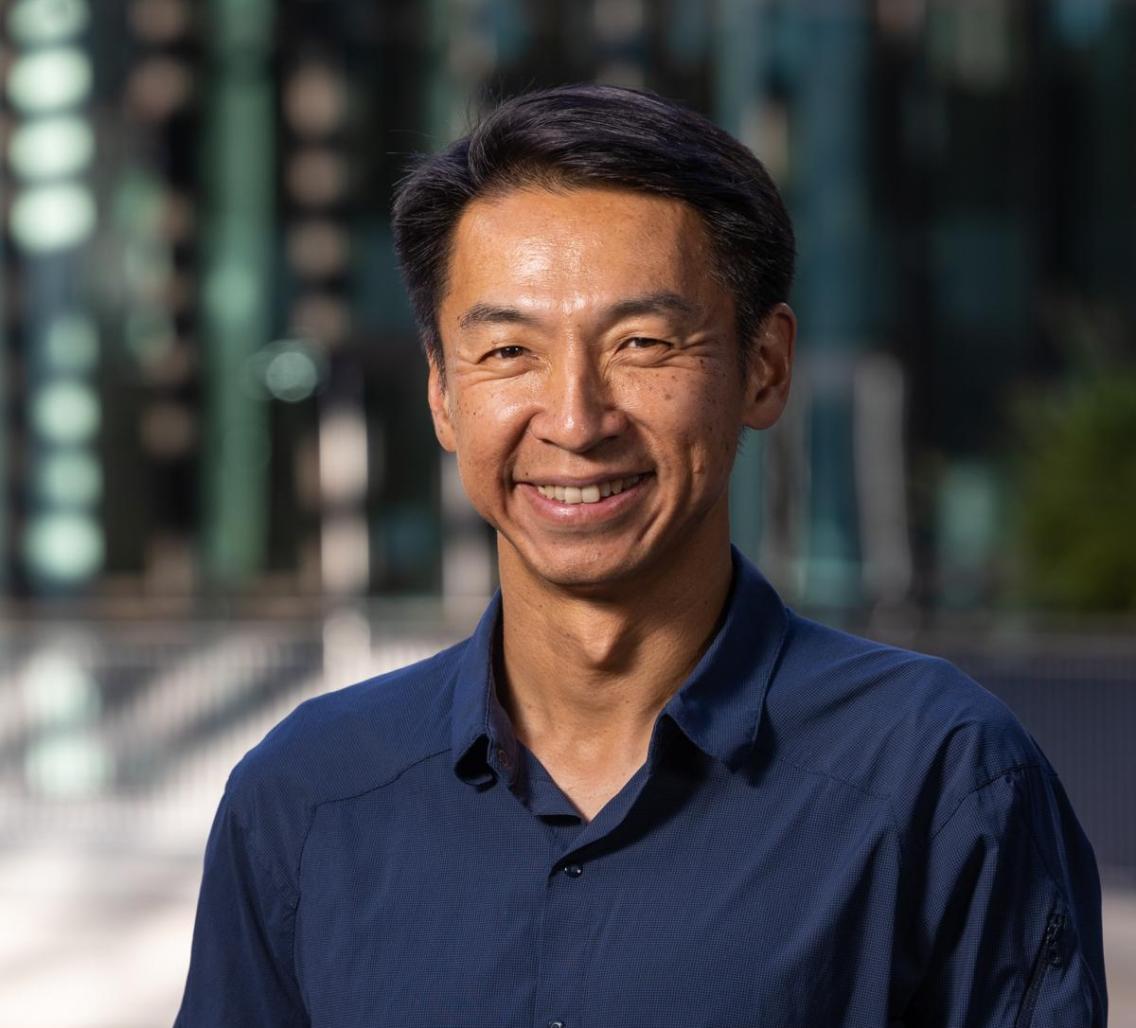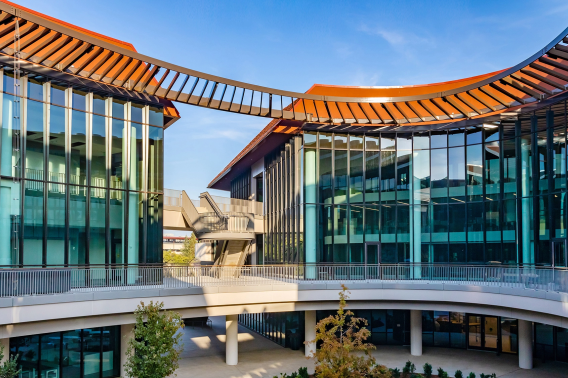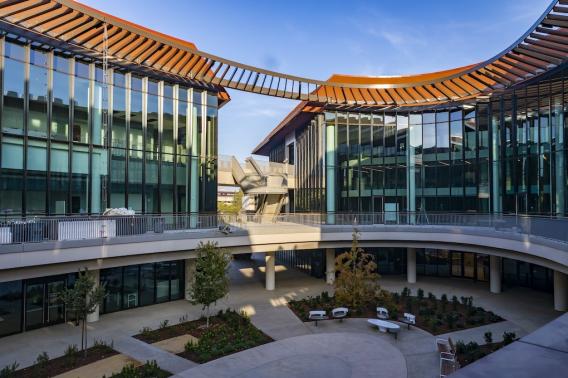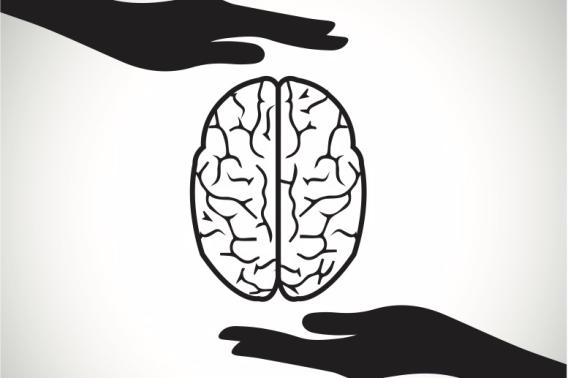Message from the Director: Our first decade

Dear Colleagues
The Stanford Neurosciences Institute was founded in 2013 with a mandate to unite the Stanford campus behind our mission to understand the mind and brain in health and disease.
Achieving such a bold mission required putting our neurobiologists together with experts from many fields: with engineers, chemists and materials scientists to design the neuroscience tools of the future; with computer scientists to extract meaningful patterns from complex brain data; with clinicians to link basic findings to patient impact; with ethicists to guide us through uncharted seas.
To build such a community, the Institute committed to three pillars of excellence: (1) engaging extraordinary people; (2) seeding interdisciplinary research; and (3) creating vital infrastructure.
Our 10-year report demonstrates what we have achieved thanks to the vision of founding director Bill Newsome, the hard work and dedication of our remarkable scientific community and outstanding staff, as well as the unwavering support of University leadership and benefactors including Clara Wu Tsai and Joe Tsai.
Through faculty hires, research grants, training fellowships and community events, we have cultivated a diverse community of more than a thousand scientists, spanning all of Stanford’s seven schools and nearly 60% of University departments. Our landmark Stanford Neurosciences Building and Neurosciences Community Laboratories now comprise a campus hub for cutting-edge interdisciplinary brain science. Our cross-disciplinary research has led to hundreds of impactful discoveries and inventions, and nearly $200 million in follow-on funding from outside sources. Technologies and approaches developed here are advancing neuroscience worldwide.
In addition, we have recognized the need for our mission to evolve: Understanding intrinsic barriers to moving scientific insights from a lab out into the world, we have invested in translational research through our Neuroscience:Translate awards, and have pursued research at the intersection of neuroscience and burgeoning fields such as artificial intelligence through targeted grant programs.
With the launch of the Phil and Penny Knight Initiative for Brain Resilience in 2022, we are dedicating ourselves to applying interdisciplinary neuroscience to one of the thorniest — and potentially most transformative — questions in healthcare: How can we keep our minds fit and healthy as we age?
Inspired by our community-led DIBEJ committee, we are weaving the principles of diversity, inclusion, belonging, equity and justice into the fabric of all we do — cultivating a community where faculty, trainees, and staff from historically marginalized backgrounds in science feel a sense of belonging and can contribute their skills and passion to advancing our scientific mission.
Please join me in reflecting on what we can achieve together in our second decade. Our aim is to cultivate an inclusive, collaborative community in the neurosciences; to catalyze foundational discoveries and transformative technologies that advance our understanding of brain function, development and aging; and to accelerate the application of neuroscientific knowledge and technologies to promote human health and well-being locally and globally.
Wu Tsai Neuro has always believed that together, we can tackle challenges that no individual scientist, laboratory, or discipline could approach alone. I welcome you to join us in this mission.
Kang Shen, PhD
Vincent V.C. Woo Director, Wu Tsai Neurosciences Institute
Frank Lee and Carol Hall Professor of Biology and of Pathology


